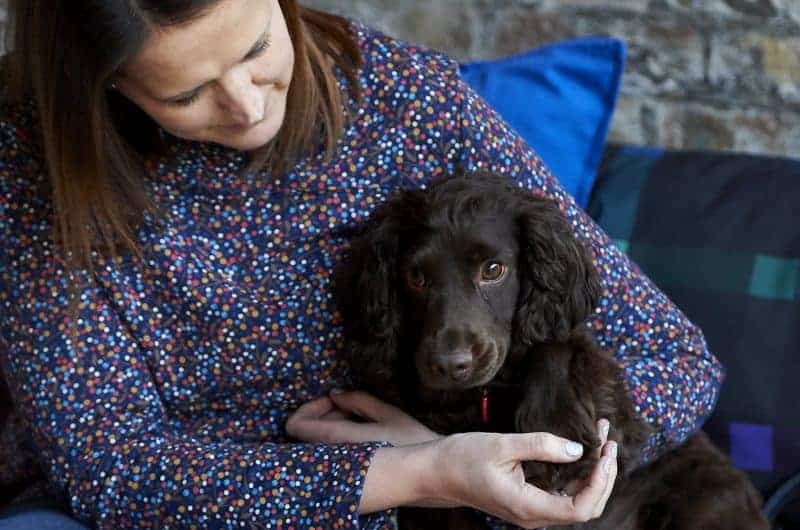
When I started blogging back in 2009 events always focused around our babies but last week I attended my first dog blogger event and had a blast! Bramble and I were invited down to London for the day to find out more about doggy nutrition by the experts in the business, Bakers dog food.
Who are Bakers?
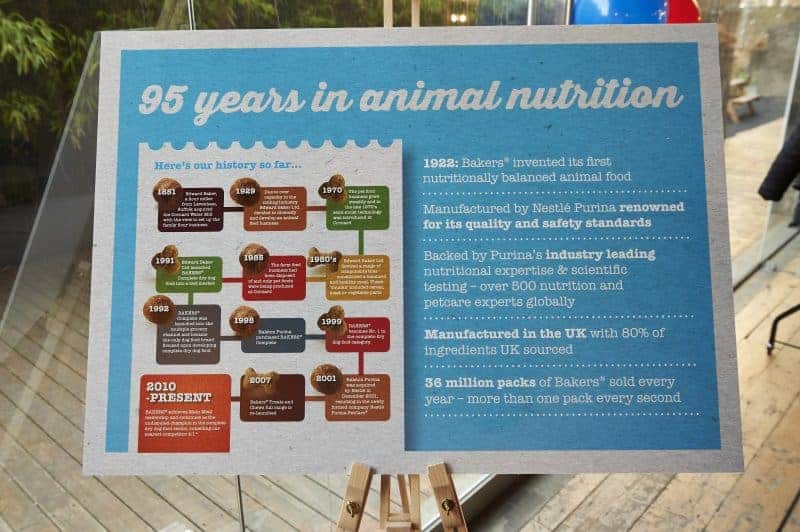
Bakers are well placed to advise on how to feed your dog great tasting, nutritionally balanced food as they have been experts in dog nutrition for 95 years. I was surprised to learn that Bakers are manufactured by Purina who have long been known for their quality and safety standards. During our day we were introduced to Bakers’ Expert Veterinarian Libby, who talked us through how to read labels on dog food and what our dogs need in order to stay fit, strong and healthy.
How to read pet food labels
Pet food labels will list several ingredients in descending order of weight, so the ingredient listed first will make up the largest portion of the food. Ingredients can be grouped together in a category such as ‘meat and animal derivatives’ or ‘wholegrains’ for example, or as an itemised ingredient listing.
Complete -v- Complementary
A ‘complete’ dog food means that the food provides all of your dogs daily nutritional needs whereas a complementary food means that other foods must be added to your dogs daily diet to meet all their nutritional requirements. To be clear, Bakers is a 100% complete and balanced food so no additional foods are required.
Nutritionally balanced

Bakers recipes are 100% complete and balanced, they have been created by their team of more than 500 vets, scientists and pet nutritionists to ensure that they contain the five major nutrient groups: protein, fats/oils, minerals, vitamins and carbs across over 30 essential nutrients.
Protein
Libby explained that, just like humans, pets need the right balance of protein in their diet to provide them with enough energy and support muscle growth and tissue repair. Bakers consists of 21% protein, more than the average protein present in other pet food. Bakers protein is delivered via meat, corn and wheat sources.
Meat
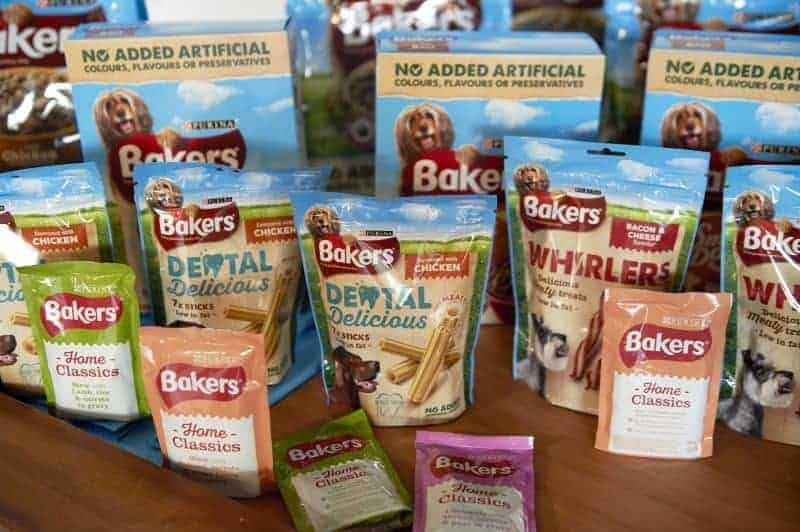
On packets of Bakers you will see this labelled as ‘meat and animal derivatives’ which means Bakers can source ingredients following seasonal fluctuations so the pet food will retain the same balance of nutrients whilst keeping it at the same affordable price. Bakers pet food contains 30% meat and animal derivatives, such as beef, chicken, lamb, duck or bacon pieces.
Grain
You will find 50-54% wholegrains in Bakers Complete dog food including wheat, corn, rice and soya. The grains offer a good source of carbohydrates, protein, B-vitamins and essential fatty acids. Carbs help to provide fast and slow release energy whilst keeping the bowels functioning efficiently.
No artificial colours
Bakers has changed their recipe to remove all artificial colours, so now you will only find colours that are naturally derived from plant and mineral sources.
Health check your dog

In our next session, Bramble and I were introduced to Lucy, a Veterinary Nurse for Bakers who explained how we can perform a top-line health check on our dogs at home by following a few simple guidelines. Click on the link below this image to download your guide from the PFMA (Pet Food Manufacturer’s Association) which explains how your dog should look and feel at the ideal weight. This really surprised the majority of us, I have only recently increased Bramble’s daily food intake because I thought he looked too thin, but according to Lucy, he is actually a little overweight so it’s diet time for Bramble!
Portion control

Lucy asked how we all measure our dog’s daily food portions. Personally, I weighed Brambles initial bowl according to the instructions on the side of the packet and then found a cup which perfectly fitted his food allowance. Others said they did similar or would just grab handfuls of food to guess their portion size. Lucy invited us to each take a plastic cup and fill to the line which said 35g and then place the cup on the scales. In doing so we found that between us we weighed out portions from 34g to 47g which shows this method has a lot of room for error which can make a massive difference to a dog’s weight and overall health. In future we will be weighing Bramble’s portions every time.
Poop speaks volumes
Any good dog owner should be able to tell you what their dog’s poop looks like, because they should be picking it up when they walk their dogs. We were each presented with a chart depicting images of 7 consistencies of poop ranging from small, dark, hard balls to a yellowy-brown puddle of poop. We decided that the majority of time our dog’s poops are the perfect consistency unless they have been stressed, poorly or changed their food slightly. For the record, Lucy stated that the perfect ‘poop’ should be ‘sausage-like’ in shape, be easy to pick up without it breaking up or leaving any kind of residue on the floor.
Stimulate their brains
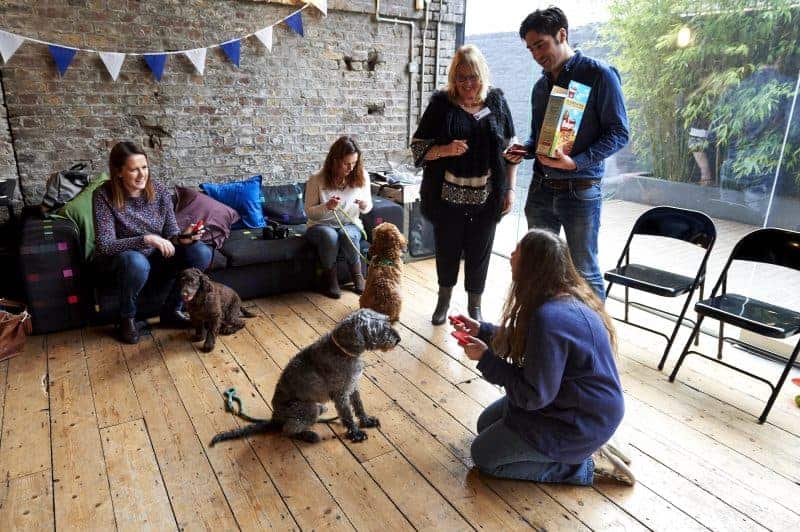
After lunch it was playtime for the pooches with ‘Dog Film School’ and Bakers very own ‘Pippin’ – the star of the Bakers TV adverts.

We were introduced to Sandra Strong who has trained many dogs for TV and film. Sandra explained that training your dog isn’t just about teaching them cute tricks. Brain stimulation is just as important as exercise and training your dog might one day save their life if it stops them from eating something dangerous or running into a life threatening situation.
Clicker training
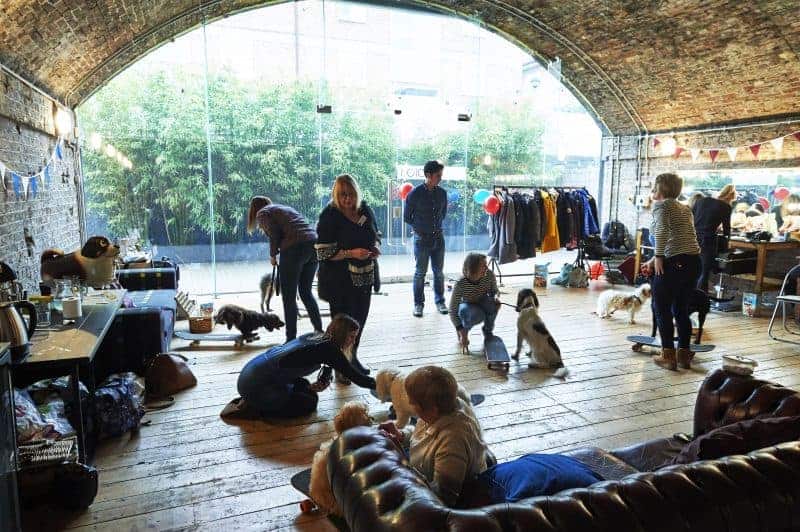
We were each given a clicker and a handful of treats. With the first three treats we simply clicked the clicker as we gave the dog their treat. After that we held our hand down with the treats held in our palm and gave the command ‘touch’. If the dog made any movement with their paw towards our hand we clicked and rewarded with a treat. Bramble very quickly learnt this trick which took me by surprise, I have always said that he wasn’t a bright dog but clearly I was wrong. I have since been trying this at home and he does it every time.
Bramble on a skateboard
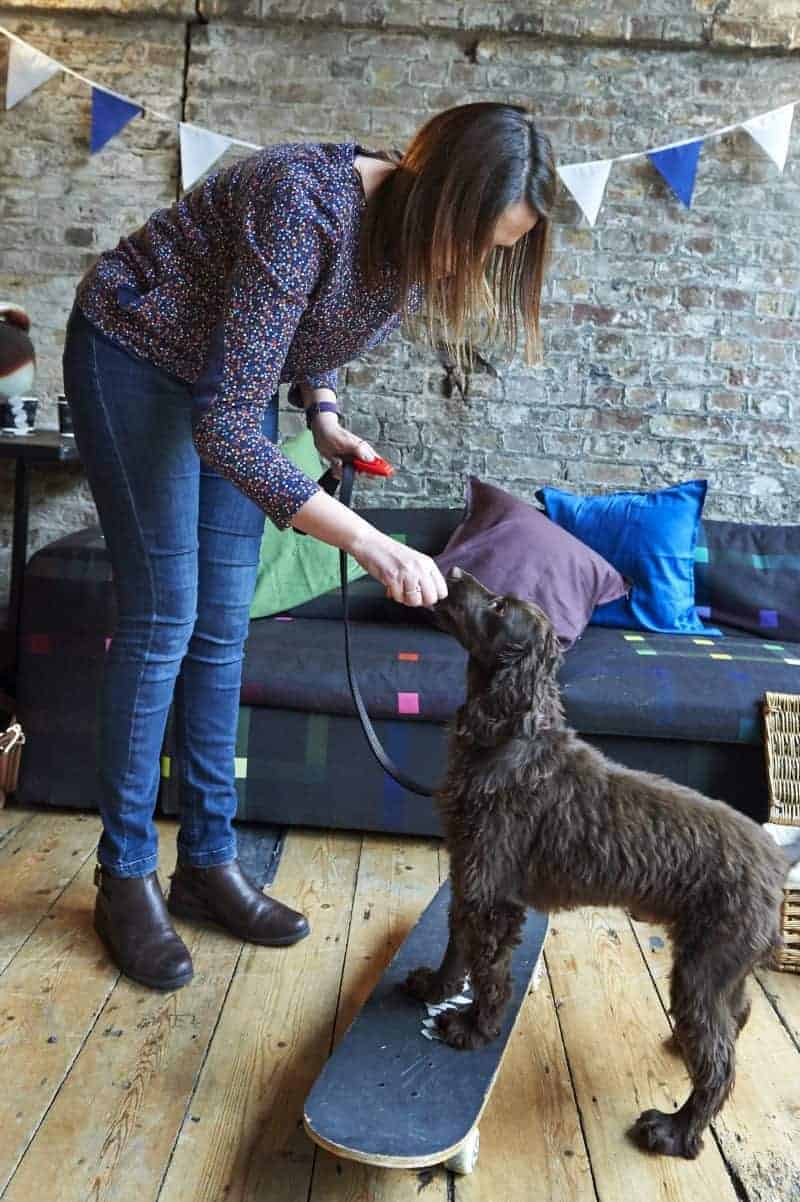
Once we had nailed the ‘touch’ command we took it a step further by getting the dogs to touch a target in our hand. When they touched the target, we clicked and they received a treat. The target was then placed on a skateboard, if the dog placed their front paws onto the skateboard, we clicked again and they received a treat. Again, Bramble surprised me by not being afraid of the skateboard and we actually managed to get him walking with it three times before the excitement of the day became too much for him. We will definitely be continuing his training at home though so watch this space.
Shout out for team Red

One of the very first PR companies that I worked with when I started this blogging journey was Red. Over the years I have lost count of the number of events I have attended with them. Whilst the staff may change, their ability to put on an outstanding event which conveys the brands’ message and ensures that everyone has a great time, doesn’t! Well done Red, you nailed it once again!!
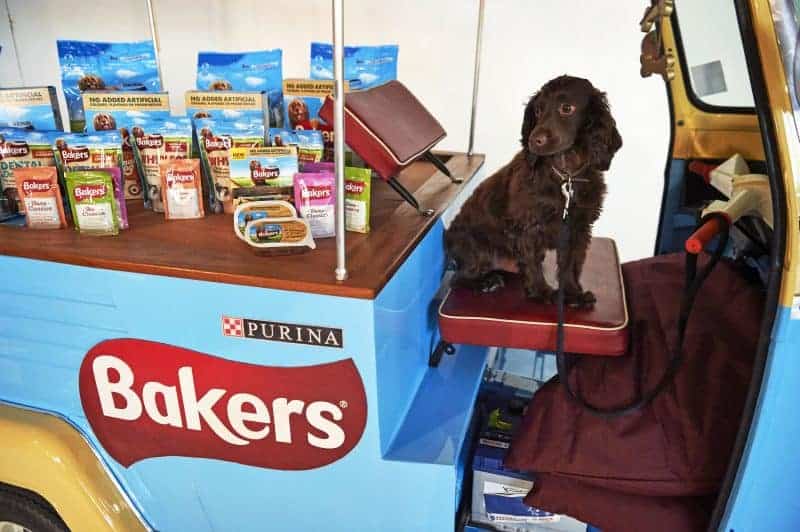
#InsideBakers
DISCLAIMER: This is a paid post, we were invited to attend the event in London where our travel costs were covered, lunch was provided and we received a goody bag. All words and opinions are my own and may not be copied without my permission. I have not been instructed what to write.
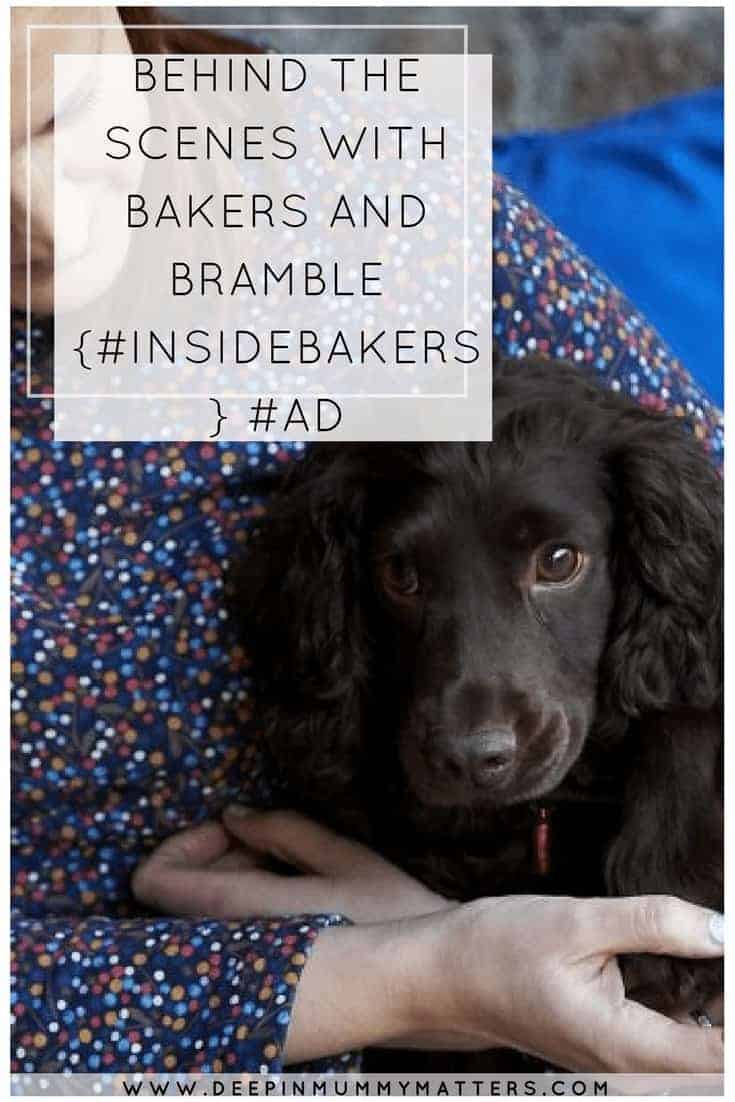

Well done Brambles! It’s interesting to see how much of a difference the weight can be by using the cup, so easy to give more than required
Weighing the food was a real eye-opener!! If that’s the case with dog food then it could also explain why my own diet isn’t working